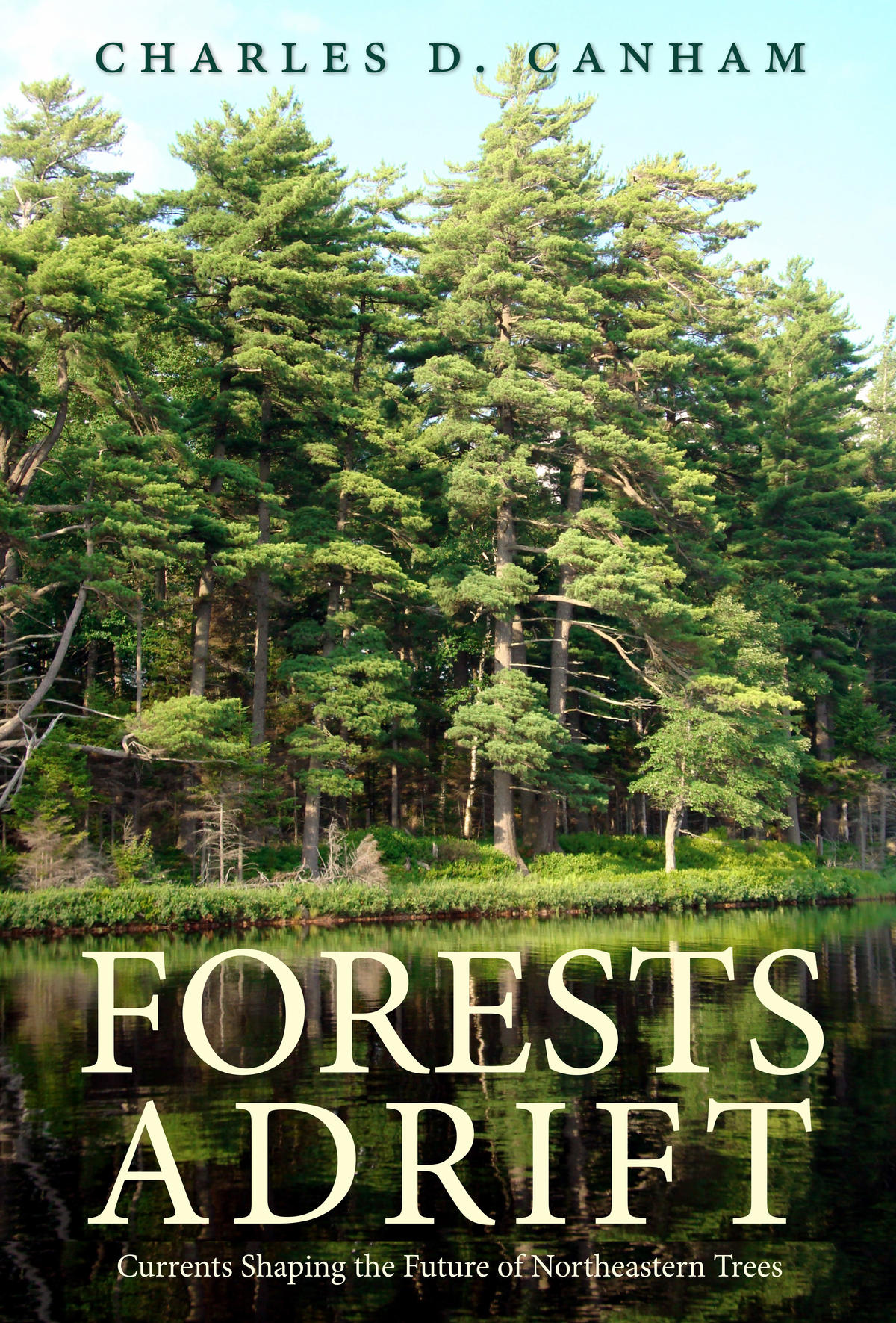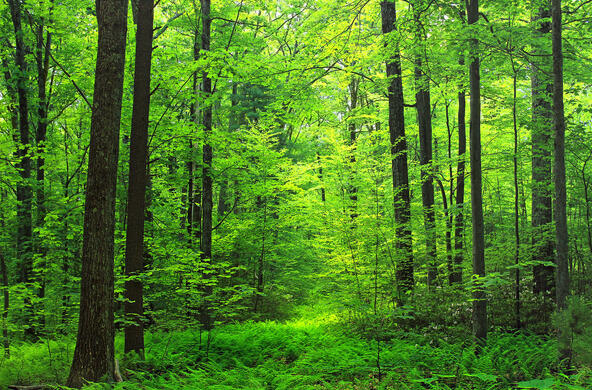
- Profile
- Videos & Podcasts
- Publications
Charles Canham studies the dynamics of forest ecosystems and how they respond to a wide range of human impacts. Using field research, novel statistical methods, and computer models, Canham predicts forest response to factors including climate change, introduced pests and pathogens, logging regimes, and air pollution.
Northeastern forests have been a critical source of carbon sequestration to combat climate change, and can also potentially provide a renewable energy source. Canham and his collaborators have developed methods to assess the tradeoffs between managing forests for carbon sequestration versus biomass energy production to ensure that forest biomass energy is truly carbon neutral.
All of Canham’s work builds on a neighborhood theory of forest dynamics he has developed through research in forests around the world. The theory, and the computer model that encapsulates it (SORTIE-ND), are particularly valuable in his work to explore the development of new forestry that can simultaneously maximize the ecological benefits of species diversity and carbon sequestration and the production of high-value forest products.
In 2020 he published a book, Forests Adrift: Currents Shaping the Future of Northeastern Trees (Yale University Press), which focuses on the future of northeastern forests. His next book will focus on the role of forests in a carbon-neutral, sustainable world.










